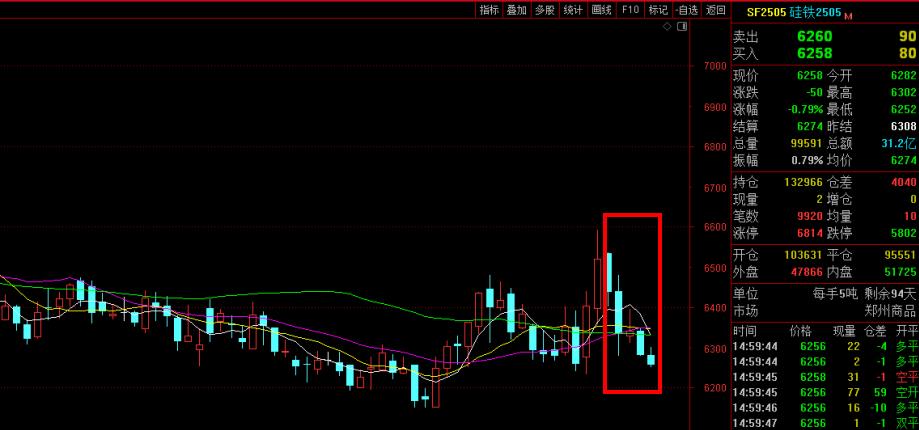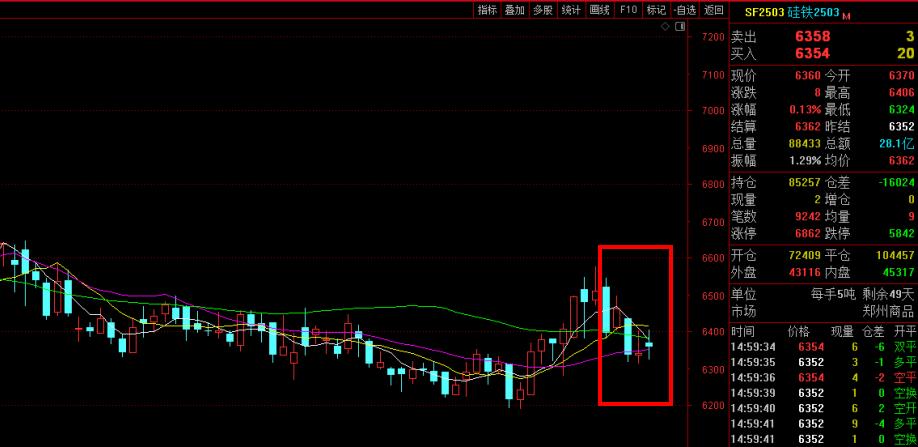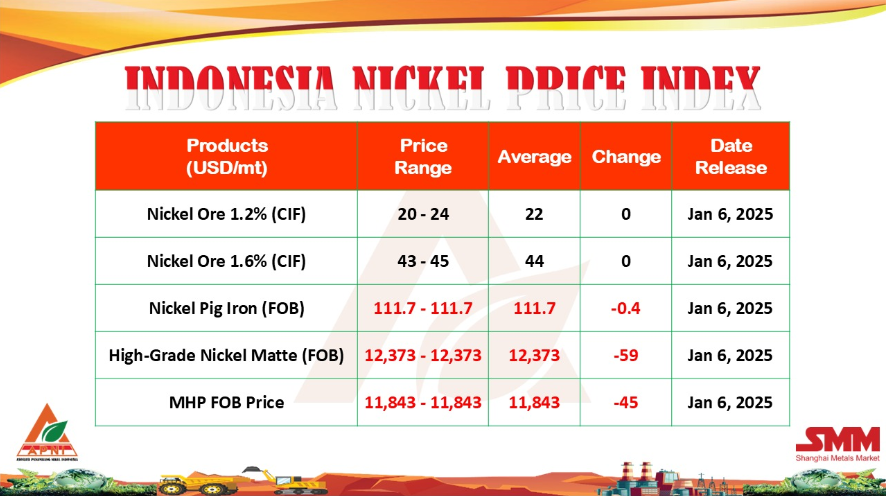[Ferro-Alloys.com] Economic interests have outweighed, if not eliminated, old grudges in East Asia. China, Japan and South Korea negotiated again in Tokyo last week for a trilateral free trade agreement. There were no concrete results this round, but Sun Yuanjiang, chief negotiator from China's Ministry of Commerce, said the negotiations are almost at the final stage.
The three countries are aiming high, with the hope that the negotiations, launched in 2012, will produce a comprehensive and high-standard deal.
The FTA could have huge impact on their own economies and the region beyond themselves, and the countries should be lauded for keeping the talks on track given the complex politics and myriad disagreements among them.
China is the biggest trade partner of both Japan and South Korea. The three nations account for 22 percent of the world's population and contribute 20 percent of the global GDP and trade volume.
The FTA negotiations China and South Korea completed in November may have given the trilateral talks a boost. The China-South Korea deal could take effect next year, and South Korean enterprises might gain the upper hand in the Chinese market, leaving their Japanese counterparts behind.
Most of Japan's business people are hoping for a fast and positive outcome to the trilateral FTA, particularly as economic recovery is pressing for their country and still a top priority.
An FTA will also help the three countries deal with some common issues. They have similar industrial structures. Also, their populations are rapidly aging.
Japan's National Institute of Population and Social Security Research has forecast that by 2060 Japan's population will fall by nearly a third, and nearly 40 percent will be 65 or older. South Korea expects its aging population to be slightly more, with just over 40 percent in this age bracket. The United Nations puts the corresponding figure for China at 28 percent.
- [Editor:Yueleilei]



 Save
Save Print
Print Daily News
Daily News Research
Research Magazine
Magazine Company Database
Company Database Customized Database
Customized Database Conferences
Conferences Advertisement
Advertisement Trade
Trade














 Online inquiry
Online inquiry Contact
Contact

Tell Us What You Think